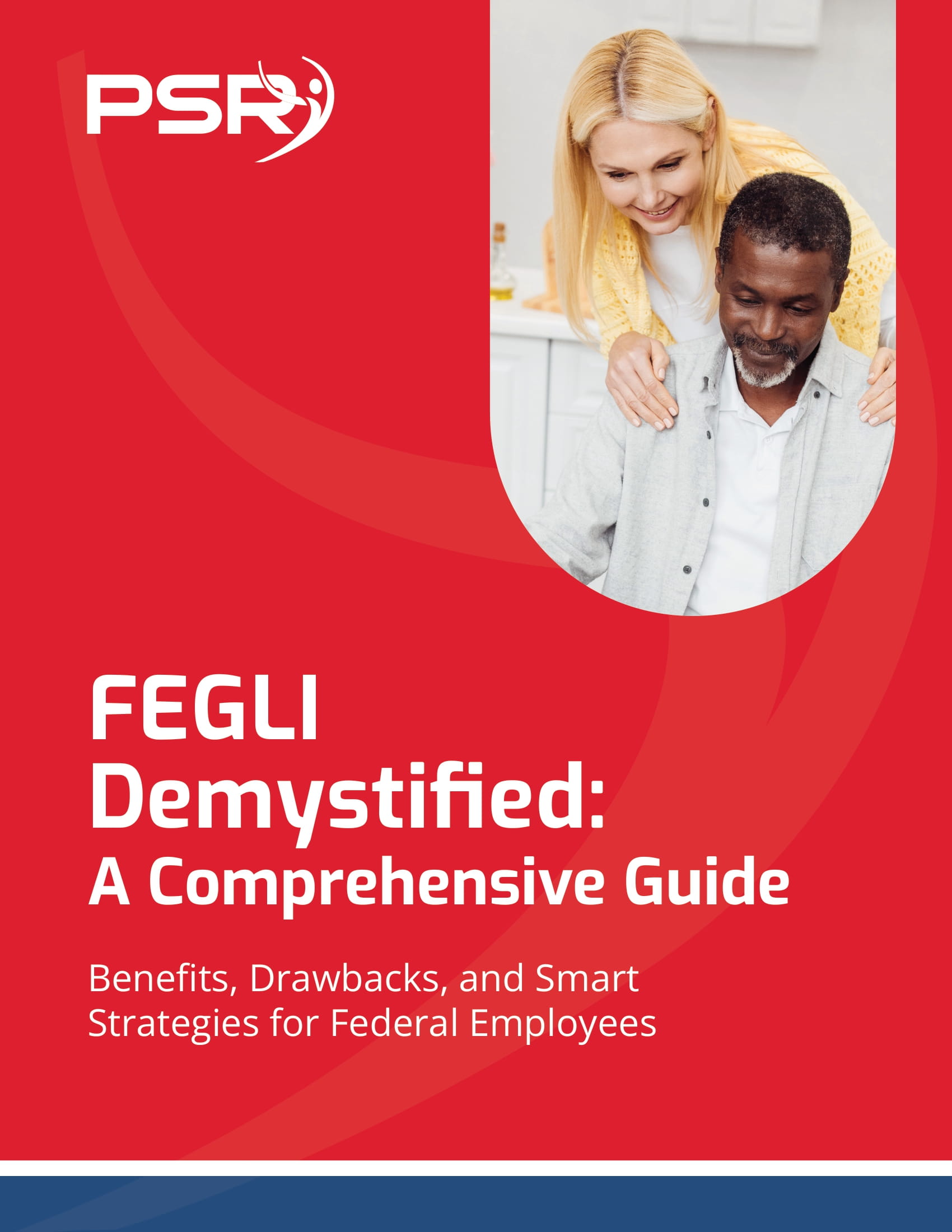According to figures published by the Office of Personnel Management (OPM) on September 29, federal workers registered in a health insurance policy under the Federal Employee Health Benefits (FEHB) scheme should anticipate their health insurance expenses to rise by around 2.4% in 2022. That cost hike resulted in an average 3.8% rise for workers and a 1.9% rise for the government, according to the constitutionally required cost distribution between the government and employees.
- Also Read: What Happens to Your Federal Benefits After Divorce? Here’s the Lowdown
- Also Read: The Best FEHB Plans for 2025: Which One Fits Your Lifestyle and Budget the Best?
- Also Read: Special Retirement Options for FAA and LEO Employees: Are You Taking Advantage of What’s Available?
The cost hikes for health insurance in 2022 are lower than in 2020 and 2021, but they were still almost twice the record low 1.3% rise in 2019. According to the OPM, if Feds receive the 2.7% raise in pay that President Joe Biden plans to implement in 2022, the average health insurance costs for Feds will be around 4.8% of their salary, a slight increase from the average 4.7% of salary cost for Feds in 2021.
In a message, National Treasury Employees Union National President Tony Reardon stated, “Clearly, the government did a better job bringing down the employees’ part of premium expenses in the FEHB scheme for 2022, and we appreciate that improvement.” “However, we will advise our members to plan for price hikes by evaluating all of their choices during the forthcoming open enrollment season and deciding which plan is best for themselves and their families.”
Because of enrollment numbers, average yearly expenditures, the age of people enrolled, and other considerations, federal workers are not assured of receiving precisely the average cost rise on their plans in 2022. Feds who transfer strategies between 2021 and 2022 may experience a more considerable or lower rise, no increase at all, or even a cost reduction.
While increased insurance prices may be inevitable, federal workers and retirees should be aware that they have several alternatives to select from during the open season. Although most subscribers will only face a 5% rise if they re-enroll in their existing plans, it’s still vital to consider your alternatives. In a statement by Ken Thomas, the National Active and Retired Federal Employees Association National President, he stated, “NARFE urges all participants to carefully evaluate the plans and pick the one that best matches their requirements.”
According to the Office of Personnel Management (OPM), insurance costs were primarily due to rising drug prices, chronic sickness expenditures, and medical innovation. COVID-19 costs pushed up pricing, as did increasing demand for mental healthcare, according to OPM. COVID-19 cost the FEHB scheme nearly $1 billion in 2020. However, since many insured individuals postponed medical procedures and utilized their insurance less in the early months of the pandemic, the pandemic helped lower medical insurance costs.
Overall, COVID-19 expenses are predicted to reduce in 2022 due to vaccines and the requirement that government workers obtain them since the federal population is less likely to have a severe coronavirus illness. Next year, federal employees will have 275 options, one less than in 2021, with the same 18 countrywide plans accessible to federal employees in any location of the country. The remaining 257 plans are offered in some nation regions. They include 192 HMO plans, 37 high-deductible health plans, and 28 consumer-driven health plans.
These plans signify a trend away from HMO plans, which have cheaper premiums but seldom cover out-of-network care, and toward HDHP plans, which have lower rates but larger deductibles. 20 of the 23 new plans offered by current FHB carriers are HDHPs. The new carrier, Virginia-based Healthkeepers Inc., also provides an HDHP plan.
Federal employees may also choose between 18 fee-for-service plans, which pay healthcare providers directly or reimburse enrollees for services delivered, and 28 consumer-driven health plans, which establish spending limitations before an enrollee’s part of the expenses rises. In 2022, FEHB providers will be required to implement a new feature that will alert members when a medicine that requires prior permission is about to expire.
Prior authorization is a procedure that insurance companies need for some drugs that may have less expensive alternatives, have serious side effects, are only used for aesthetic reasons, or are created for particular age groups and medical problems. When a doctor prescribes one of these drugs, the insurer goes through a review procedure to see whether they would cover it. Patients taking maintenance drugs must have their prior authorizations for such prescriptions evaluated regularly, or they will expire. The new 2022 requirement requires FEHB carriers to inform participants 45 days before their prior authorizations expire.
The FEHB program’s open season starts November 8 and ends December 13.











